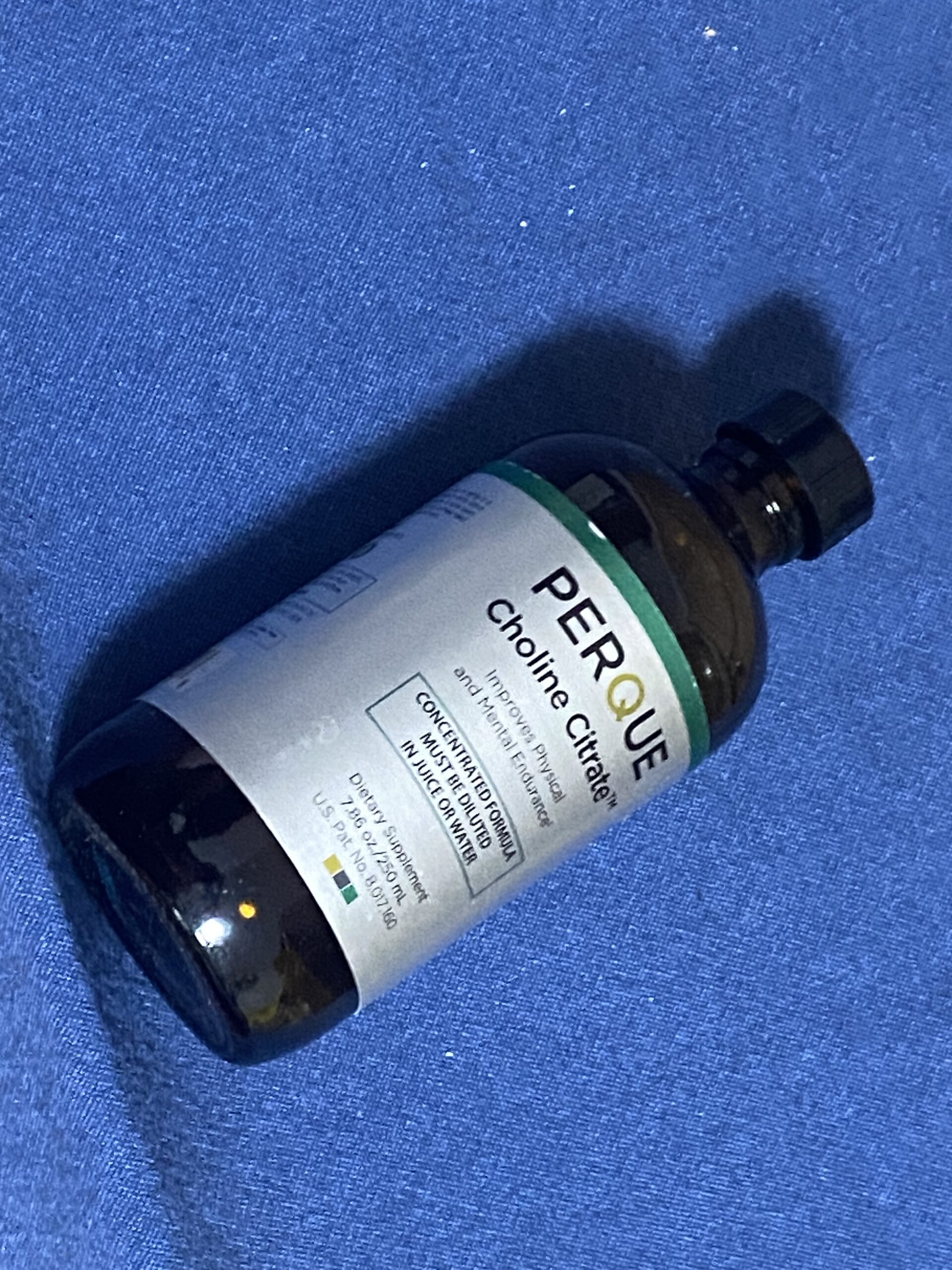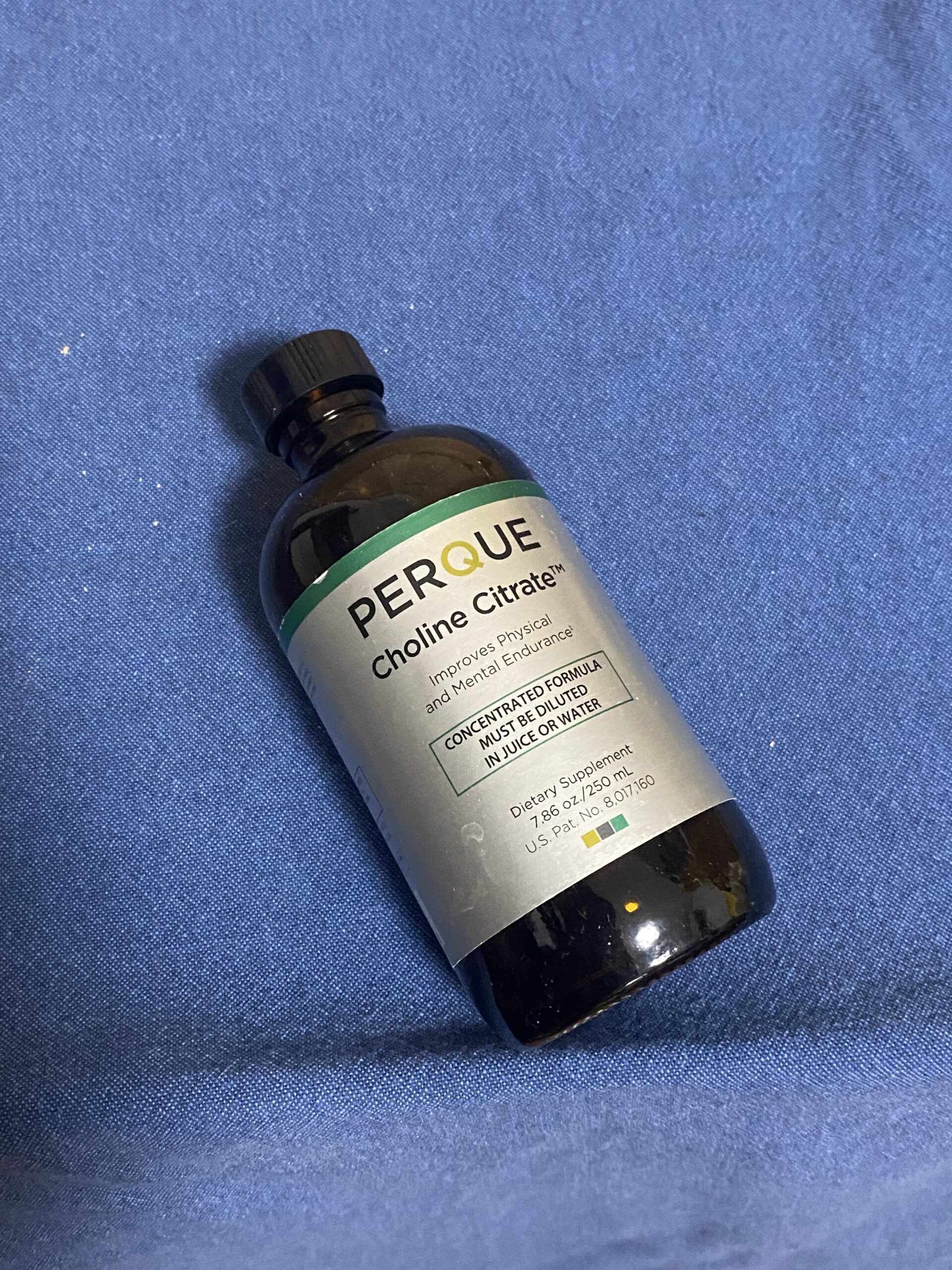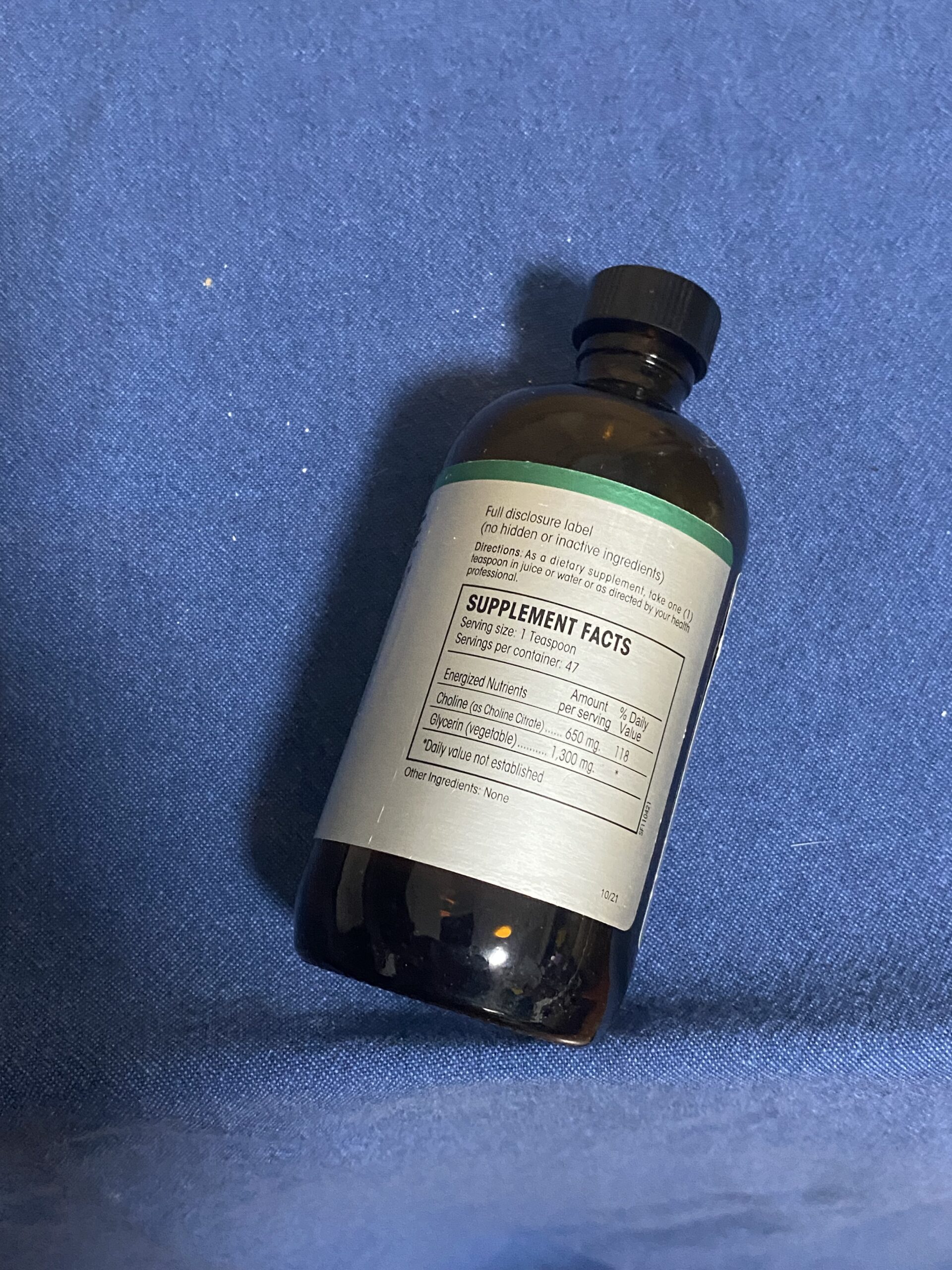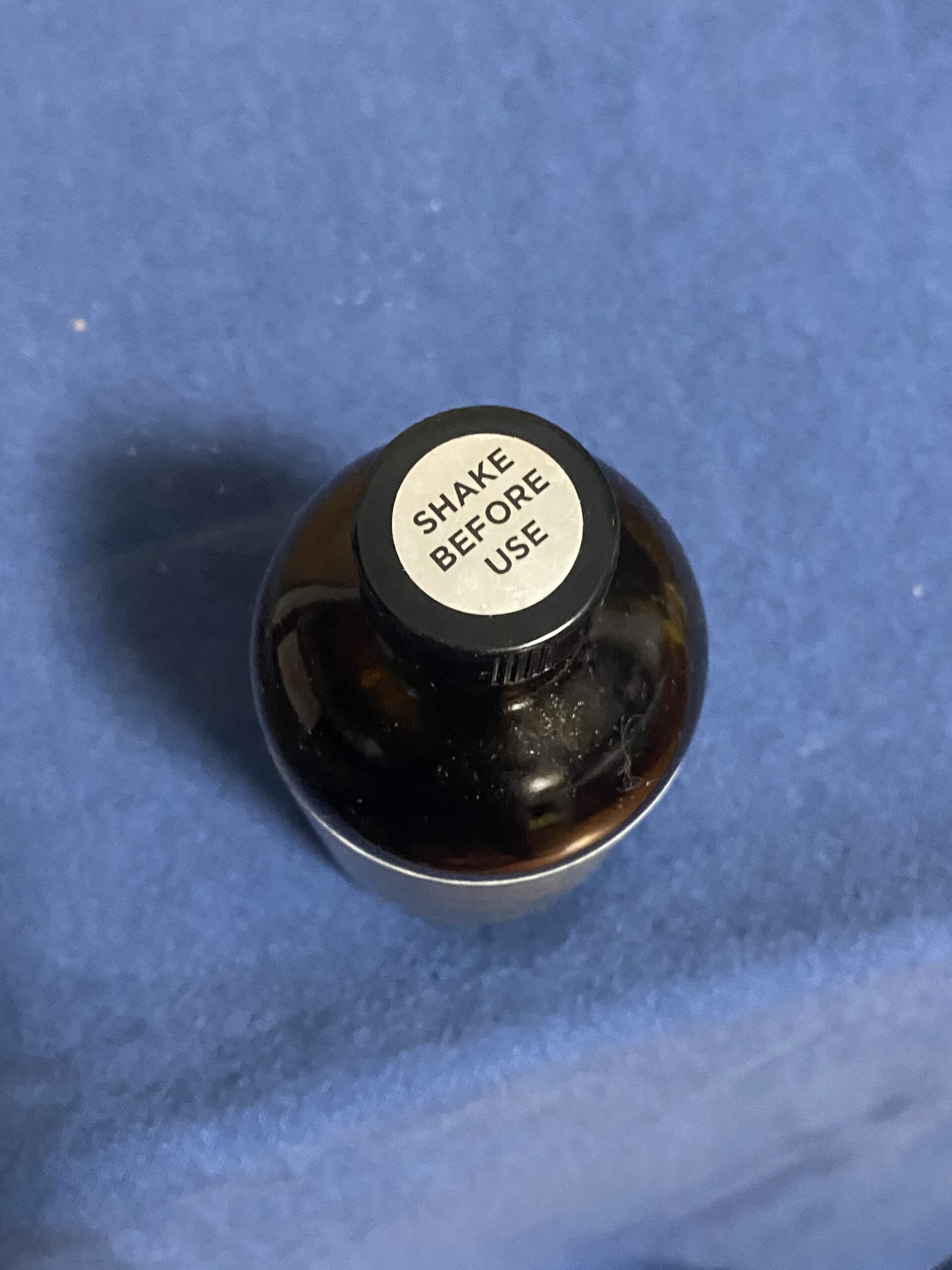XRF Test Results for Brown Glass Bottle for Perque Choline Citrate
This is an ad-free article.
We are publishing this article as ad-free to make it easier for you to read. If you would like to support our independent consumer goods testing by contributing (which will also help us keep our more widely-read articles ad-free!), click here. Thank you!
For those new to the Lead Safe Mama website:
Tamara Rubin is a multiple-federal-award-winning independent advocate for childhood Lead poisoning prevention and consumer goods safety, and a documentary filmmaker. She is also a mother of Lead-poisoned children (two of her sons were acutely Lead-poisoned in 2005).
- Tamara owns and runs Lead Safe Mama, LLC — a community collaborative woman-owned small business for childhood Lead poisoning prevention and consumer goods safety.
- Since 2009, Tamara has been using XRF technology (a scientific testing method) using the exact instrumentation employed by the U.S. Consumer Product Safety Commission to test consumer goods for toxicants (specifically heavy metals — including Lead, Cadmium, Mercury, Antimony, and Arsenic).
- Since July of 2022, the work of Lead Safe Mama, LLC has been responsible for 5 product recalls (FDA and CPSC).
- All test results reported on this website are science-based, accurate, and replicable.
- Items that Lead Safe Mama, LLC reports on are tested multiple times to confirm the results published (for each component tested).
- Tamara’s work was featured in Consumer Reports Magazine in February 2023 (March 2023 print edition) and The Guardian in November 2023.
Published: December 26, 2023
Tuesday
As background for each of these articles, I wanted to readers to have the the following context:
- All U.S. federal agencies agree that there is no safe level of Lead exposure for human beings.
- There is currently no federal regulatory limit for total Lead content in most consumer goods — UNLESS they are items explicitly “intended for use by children.”
- Officially, dishware and kitchenware are not considered to be “items intended for use by children” (!) — so consequently, there is currently no regulatory limit for total Lead content, as detectable by an XRF instrument, in these items. (!)
- LEAD: for context, according to U.S. federal regulations, any item made specifically “for use by children” must not test positive for Lead at levels above 90 ppm Lead in the paint, glaze, or coating and also must not test positive for Lead at levels above 100 ppm Lead in the substrate (base material).
- The instrumentation Lead Safe Mama, LLC uses is the same instrumentation used by the United States Consumer Product Safety Commission to screen consumer goods for toxicants (including Lead, Cadmium, Mercury, Antimony, Arsenic, etc.)
- There is no current U.S. federal regulation specifying any total Cadmium-content limit for most consumer goods.
- CADMIUM: The two current strictest regulatory standards for Cadmium content are the State of Washington’s regulatory limit (40 ppm, total content), and the Country of Demark’s total limit (75 ppm total content).
- Any item that tests below 90 ppm Lead in all components is considered (by Lead Safe Mama, LLC) “safe by all standards.”
- Any item that tests below 40 ppm Cadmium in all components is considered (by Lead Safe Mama, LLC) “safe by all standards.”
- We present this information to you (Lead Safe Mama readership, and our greater community) so you can make informed decisions about using products you already own or may be evaluating for purchase.
- For greater context about the “WHY” behind what we do here, click here.
- To learn more about sending an item in to Lead Safe Mama, LLC for testing (as part of the collaborative work we do with our community), click here.
- To read more about the testing methodology Lead Safe Mama, LLC uses, click here.
- To read more about Lead Safe Mama, LLC’s business model, click here.
- To make a contribution in support of the work of Lead Safe Mama, LLC (or to support our work in other ways), click here.
Some additional reading that may be of interest:
- More glass bottles we have tested.
- More supplement bottles we have tested.
- More brown glass we have tested.
- Can XRF technology test supplements?
- The general concern for Lead in supplements.
- The “Best Supplement” to remove Lead from the body.
- European Limits for Lead and Cadmium in Supplements
Specific considerations related to the test results for the brown glass bottle tested for this article:
The brown glass bottle pictured tested positive for trace levels of Lead (a neurotoxin), as well as Cadmium and Antimony (each known carcinogens). Given the levels noted below (between 131 and 159 ppm Lead, 12 and 20 ppm Cadmium and 10 and 30 ppm Antimony), the glass of this bottle is not likely leaching any of those metals into the contents of the bottle — especially given the length of use of the bottle for storing the contents.
That said, given this is a bottle for a supplement product — with the intention of improving health, as all supplements promise to — it would be better (from an ethical standpoint as well as a general environmental standpoint) to see the brown glass bottles for this supplement (and for all supplements really, especially liquid supplements) test negative for any potential toxicants (including Lead, Cadmium, Antimony, Arsenic, and Mercury). Unfortunately, it is quite common for tinted glass bottles to test positive for toxicants at the range of the levels found for this particular bottle.
XRF test results for the brown glass supplement bottle pictured here:
The brown glass of the bottle
70+ second reading (more than one minute)
- Lead (Pb): 145 +/- 14 ppm
- Cadmium (Cd): 16 +/- 4 ppm
- Mercury (Hg): non-detect
- Arsenic (As): non-detect
- Antimony (Sb): 20 +/- 10 ppm
- Iron (Fe): 3,014 +/- 177 ppm
- Zinc (Zn): 30 +/- 12 ppm
- Zirconium (Zr): 268 +/- 10 ppm
- Niobium (Nb): 308 +/- 16 ppm
Tamara Elise Rubin
Owner — Lead Safe Mama, LLC
~ End ~
Never Miss an Important Article Again!
Join our Email List













Thanks so much for sharing the results and your precious analysis with us! I have been wondering about brown bottles for supplements and food (like olive oil). So would the same analysis apply for something like olive oil? As in we wish it would be heavy metal free, but if the numbers are like this, it’s probably not leaching into our food?
Is the maker of the bottle itself listed on it? So we can avoid companies who make contaminated bottles.
Thank you!! (I’m the one who sent this bottle in). I think those results are disturbing. I’ve actually stopped using the supplement for now because I realized that another ingredient in it was probably contributing to the digestive problems the supplement was theoretically supposed to help with!! But the results are VERY disturbing, considering the acidic content of the supplement itself. Wondering if I should send the link to this in to the company? This is a product that is manufactured by a company owned by a doctor (Dr. Russell Jaffe) and I learned about it from an “osteoporosis expert” online, Dr. Susan Brown (whom my medical doctor has referred to, in conversation). So very interesting all around….